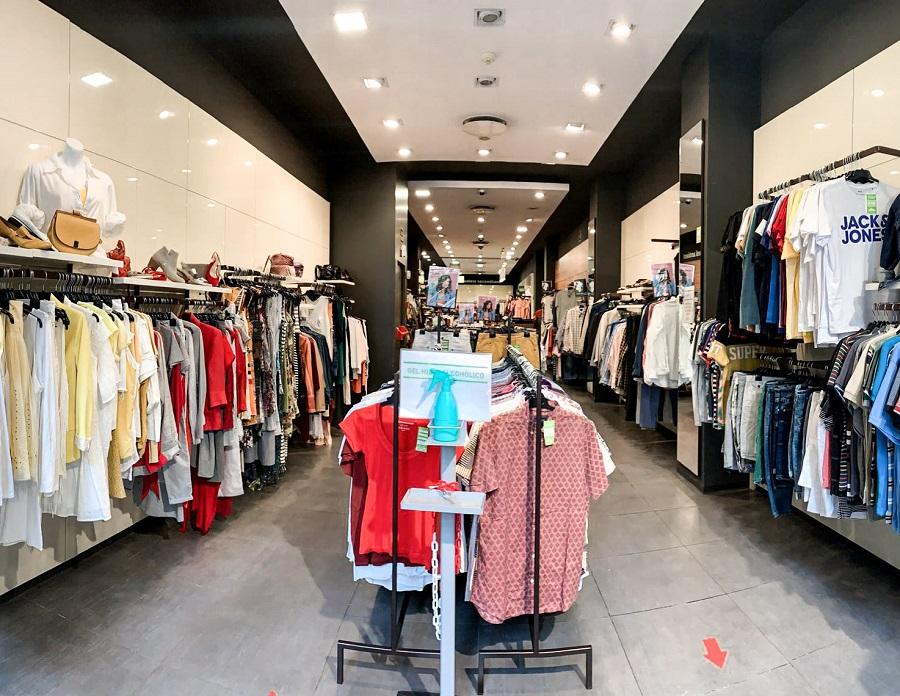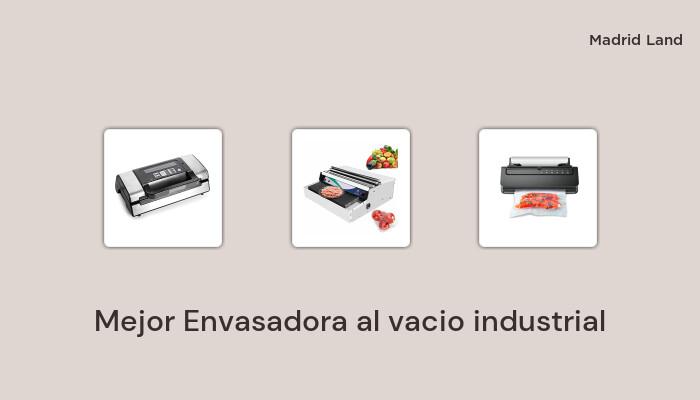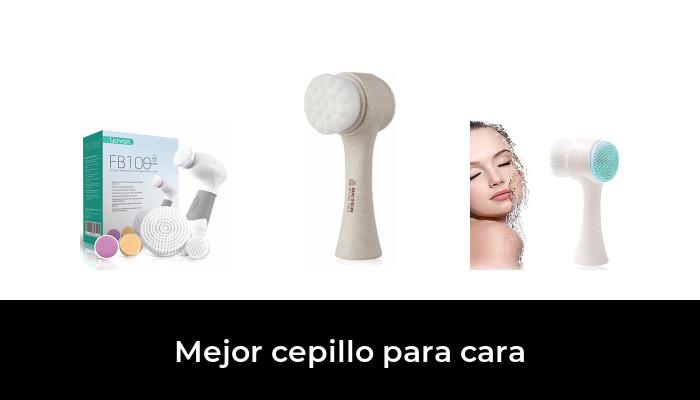Since 2015, the entity for the reuse of textiles has detected a notable increase in customers and garments sold in its seconhand stores.
Humana Fundación Pueblo para Pueblo, an organization dedicated to the reuse of textiles, highlights that the purchase of used garments in its secondhand stores has increased by 38% between 2015 and 2019. In parallel, the number of customers has increased by 20%. This trend confirms that the second-hand boom is an unstoppable reality; It is not in vain that it promotes a model of responsible consumption, favors the prevention of waste and the sustainability of the textile sector.
Humana remembers that buying second-hand fashion avoids the annual consumption of millions of new garments. According to a report by the Foundation, six out of ten users recognize that, when buying a garment at the entity's establishments, they do not need to purchase it at another conventional point of sale. "This replacement rate confirms the environmental value of reuse, because there is no more sustainable garment than the one already manufactured," says Elisabeth Molnar, general director of the Foundation.

Humana has 45 stores in four cities: Madrid (23), Barcelona (20), Seville (1) and Granada (1), which sell second-hand garments selected and conditioned at its facilities in Leganés (Community of Madrid) and l 'Ametlla del Valles (Barcelona).
The upward trend of second-hand fashion is evident in recent years. In 2015, Humana had 40 stores that sold 2.8 million garments; In 2019, the number of items purchased amounted to 5.2 million in 53 establishments. This phenomenon has been accompanied by an increase in the number of customers attracted by reused clothing: 1.2 million customers six years ago compared to 1.9 million before the pandemic.
“It is clear that we have opened more stores and it is also clear that the secondhand offer convinces more and more people. The result is that, since 2015, the number of customers has increased by 20% and the number of garments sold by 38%, per point of sale”, indicates Elisabeth Molnar.
The power of the consumer
In 2020, the Humana store network was closed for more than two months; The pandemic affected the waste management sector and secondhand fashion sales, as well as other economic activities. Still, its secondhand stores sold more than four million items last year.
"The current model of consumption in the field of fashion is not sustainable - says the general director of the entity -, a more rational production is necessary in accordance with a more responsible consumption. The consumer accumulates great power and an enormous capacity to improve the system with his decisions: what he buys, why he does it, what environmental and social impact it causes”. And she adds: “The green and circular models, which generate a positive social impact, are the truly useful and essential ones in this scenario. Without a doubt, this is where reuse comes in. The most sustainable article is the already manufactured one”.


